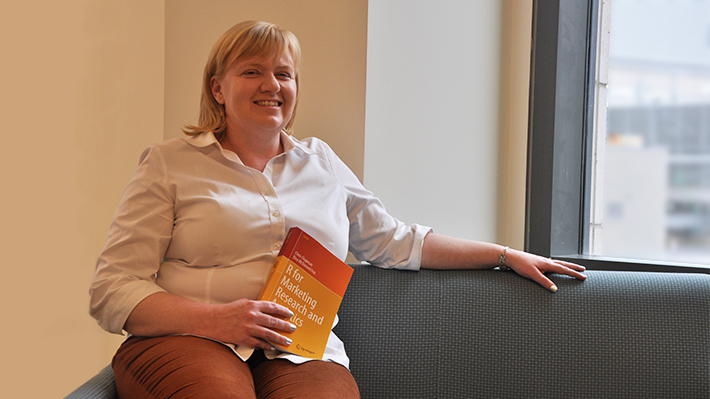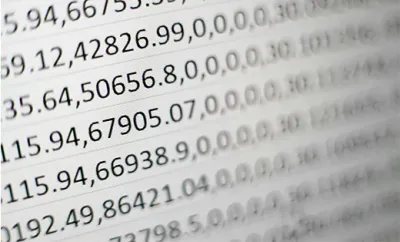
Teaching Marketers to Think Like Programmers
Drexel LeBow Assistant Professor Elea McDonnell Feit and Google researcher Chris Chapman recently published the book R for Marketing Research and Analytics. Their goal is to teach marketers one of the hottest tools in data science: the free open-source statistical programming language, R. We asked Elea to explain what R is and why it is becoming increasingly important in business.
I’ve been working in marketing for nearly 20 years and in that time the amount of data that marketers consider has exploded. A decade ago, you could keep your monthly sales figures in a spreadsheet, but today’s marketers have data on individual customers and their purchases, website visits, app usage, social media, etc. This data often contains rich insights about how customers want to interact with a company, but it is just too much to store and analyze in a spreadsheet.
That’s where R comes in. R is a programming language designed specifically to work with data and statistics. When you are dealing with ever larger sets of data from increasingly diverse data sources, you really want to use a programming language to process and analyze the data. While it can be a bit more difficult to learn, switching to R will make analysts much more efficient in the long run and the analyses they produce will be much more reliable. R has become the most popular data analysis tool and is used in finance, statistics, economics and lots of other data-focused disciplines.
My co-author, Chris Chapman, felt that there were many marketers who would benefit from learning R, but were afraid to make the leap because they weren’t programmers. So, we set out to write a book that would teach marketers both how to use R and how to “think like a programmer.” We ask the reader to type in lines of code and then we explain in detail what each command does. All of our examples use marketing data, so you can immediately see how using the tool might apply to your types of problems.
The book takes you from typing your first command into R all the way to doing sophisticated analysis to segment your customers based on their behavior, analyze which products are frequently purchased together and what features of a product will drive consumers to buy. What used to be purchased from specialized software vendors or high end consultants is now freely available to anyone who wants to pick up a book and learn.
And that is an important point about R. Like many of the modern tools of data science such as Hadoop and Python, R is open-source. Hundreds of expert statisticians and programmers have donated their time to develop R and anyone can review the existing code and build on it. The vibrant community of volunteers makes sure that R has the most up-to-date methods, often before commercial data analysis tools have them. To download and try R for yourself visit The Comprehensive R Archive Network. Or check out our book’s companion web site.



